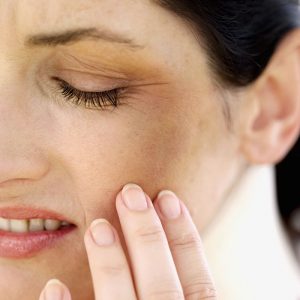
Botox for Bruxism (Teeth Grinding)
Bruxism, commonly known as teeth grinding, is effectively and safely treated with Botox (botulinum toxin). This popular treatment not only reduces associated pain but can also decrease muscle mass in the jaw. Bruxism can manifest as facial pain, headaches, earache, and stiffness in the jaw joint (temporomandibular joint, or TMJ), potentially leading to temporomandibular disorder (TMD). It can also disrupt sleep and, in severe cases, cause worn-down, sensitive, or even broken teeth and fillings. When teeth grinding stops, associated facial pain and headaches often subside.
Botox works by blocking nerve signals to the injected muscles, thereby weakening them. For bruxism, injecting the large masseter muscles reduces muscle spasm and decreases bite pressure, which dramatically improves facial pain and limits excessive wear on teeth. As an added aesthetic benefit, weakening the masseter muscles can also reduce their bulk, leading to a more pleasing and better-proportioned lower face shape. It’s advisable to have a dental assessment for malocclusion before undergoing this treatment.
Benefits of Botox for Bruxism:
- Reduces Pain: Alleviates facial pain, headaches, earache, and jaw joint stiffness.
- Protects Teeth: Decreases excessive wear, sensitivity, and risk of breakage.
- Relieves TMJ Symptoms: Improves discomfort associated with temporomandibular disorder.
- Improves Sleep: Can reduce grinding that disrupts sleep for you or your partner.
- Non-Surgical: A simple, safe, and effective injectable treatment.
- Aesthetic Enhancement: Can slim the lower face by reducing masseter muscle bulk.
